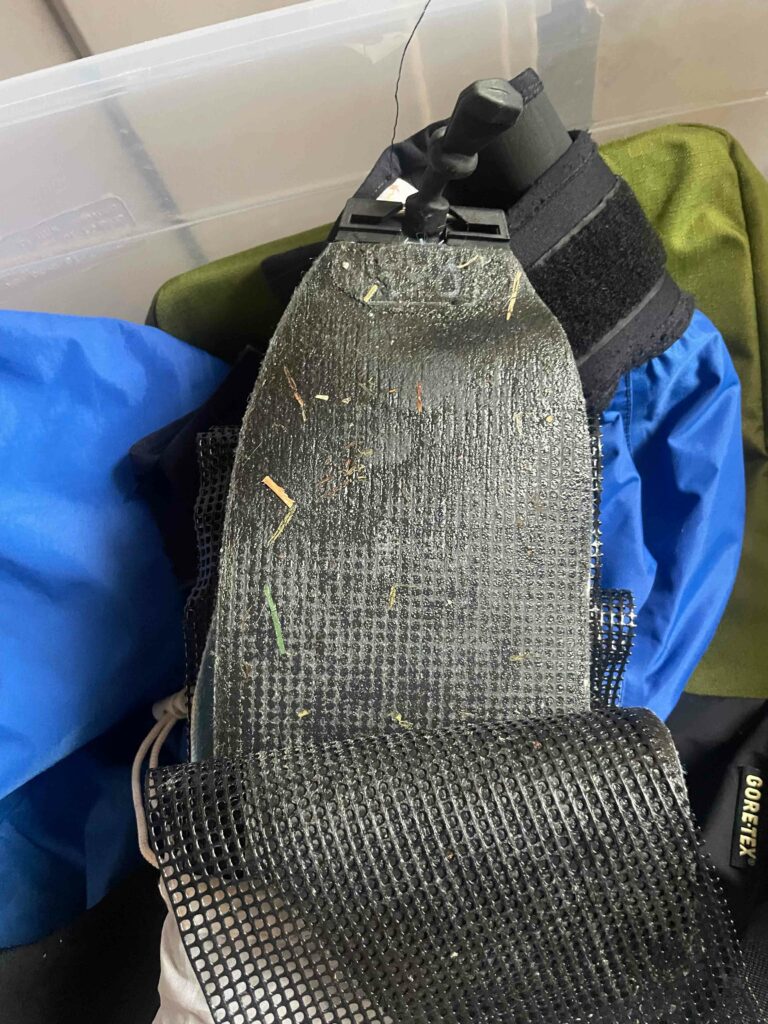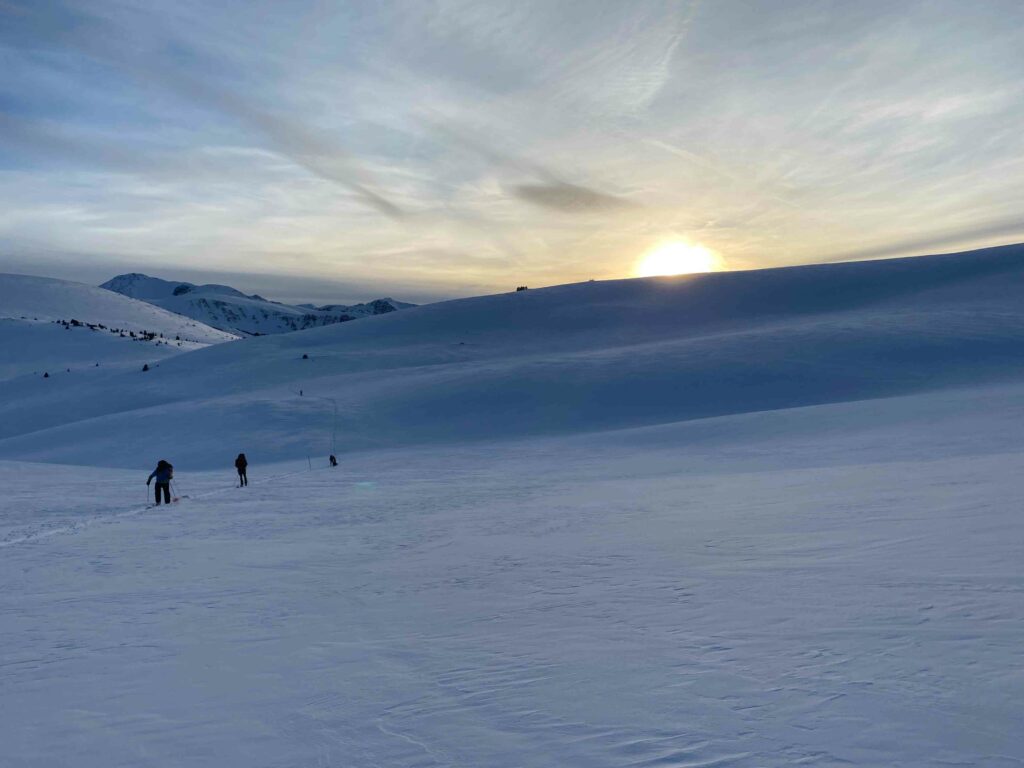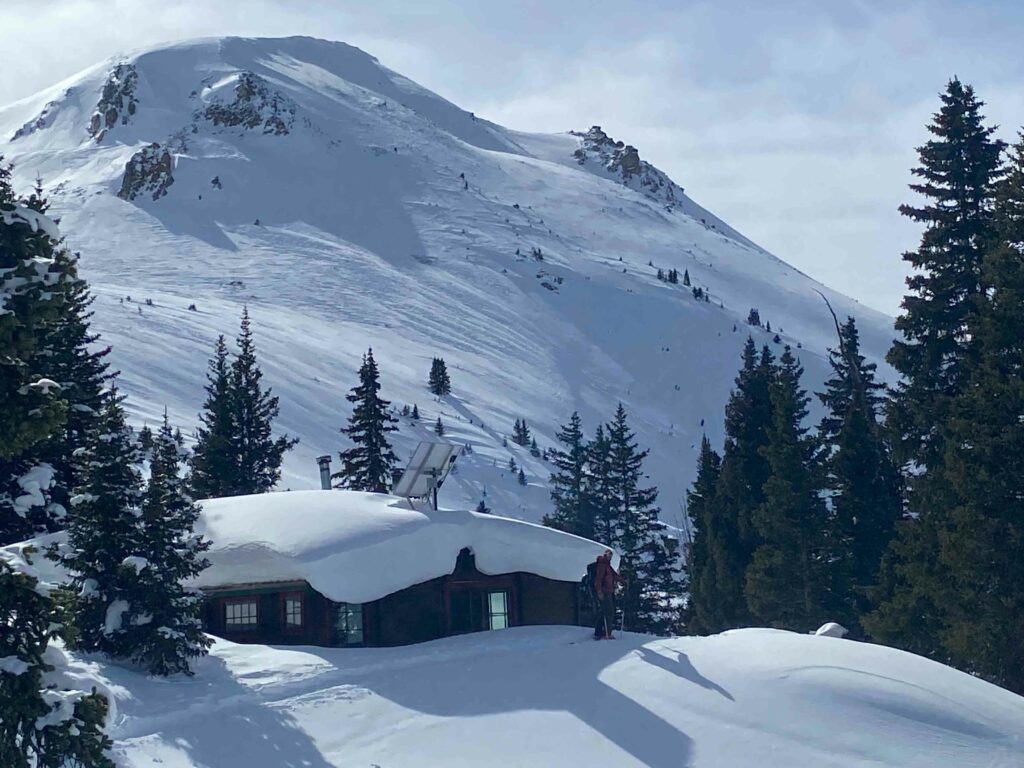Hear more about the release of my 40-day outdoor devotional and how this project came together.

I’m excited to share more about my outdoor devotional, Called to the Wild, which I recently published through Sea Harp Press.
The subtitle is: “Biblical reflections on faith, perseverance and surrender from one adventurer to another” and you can now purchase it on Amazon as well as other retailers.
You may be wondering, how did this all come together? I’d love to share more about this project and more about the inspiration to write it.
How this came together
This project has been in the works for several years. The short story is that I love Jesus, I love outdoor adventure and I like to write. So putting this together was a pretty natural outflow of that.
I share the full story in the book’s introduction, but briefly, when I was a river guide in college, a friend gave me the devotional, “In Quietness and Confidence” by David Roper. This book motivated me to study the Bible and connected with my passion for outdoor adventure. Roper offered some words of recommendation for my book…which was an unexpected surprise 🙂
I wondered if someday I might write something similar to Roper’s book, though more in my voice and also with stories about rock climbing and whitewater kayaking.
I started writing some devotionals about nine years ago (this project probably took longer than it should have), and then I wrote the bulk of them while going through cancer in 2016 and 2017.
The writing process proved surprising for me. My writing strength has always been as a journalist, and so I had to give God time to develop my devotional writing—which is a much different form, and challenging to say the least. It’s almost like writing mini sermons.
After finishing the manuscript (and reaching remission), my goal was to try to find a publisher to produce it. However, after reaching out to a handful of publishers, and hearing “no” or the dreaded no response, the project stalled.
A “chance” meeting
Then, after moving back to Colorado Springs, I rejoined a local climbing gym and ran into a ministry friend, named Eugene, who works for the publisher, Sea Harp Press.
We talked about ministry and Hope Has Arrived and eventually about writing. The subject of writing a devotional came up, and I mentioned Called to the Wild. He asked me to send it to him and the rest is history.
My goal with this project has not been to make money, but just expand the reach of my ministry. Note that 100% of the profit from this (and I’ve been told it will be modest) will go to my cancer nonprofit, Hope Has Arrived.

More about Sea Harp Press
This quote pretty much sums up the purpose of Sea Harp Press: “To be much occupied with Jesus.”
Sea Harp is a division of Nori Media, which houses several different publishers including Destiny Image and Sound Wisdom.
Besides newer authors like me, they also publish classic authors, including A.W. Tozer, Andrew Murray, Charles Spurgeon and G.K. Chesterton. It’s a little humbling and frankly kind of ridiculous to be listed in the same sentence as these legendary Christian writers and thinkers, but I’m thankful for the opportunity to be one of Sea Harp’s newer authors.
My Sea Harp friend, Eugene, is not just a passionate about books, but he also loves outdoor adventure, especially rock climbing.
It was important to me to work with a publisher who understands outdoor adventure…that many people don’t see sports like rock climbing or backcountry skiing as “extreme” or risky, but more so a passion and a way of life—a blessing that God gives us.
More about the launch
You can buy the book on Amazon, and it will also be the featured book on Sea Harp during the month of May.
If you want to read some sample chapters ahead of time, you can also do so on Sea Harp’s website:
Called to the Wild (a daily reading)

.99 Ebook promo
From now until April 30, you can get a copy of the Ebook on Amazon for just .99!
If you pick one up, I’d really appreciate it if you wrote a review on Amazon. That’s a big part of Sea Harp is offering it so cheap—to get some reviews.
As a previously unpublished author, getting some positive reviews will really help me get the word out there. For any help you offer, I would be sincerely grateful.
Whether you are a friend or future friend who might read Called to the Wild, I hope you enjoy the stories and that some make you smile or stick in your memory. I especially hope that the book inspires you to get outside, love of God’s Word and especially love the Guide Himself.
Yours for trusting the Guide,
-Chris Lawrence







